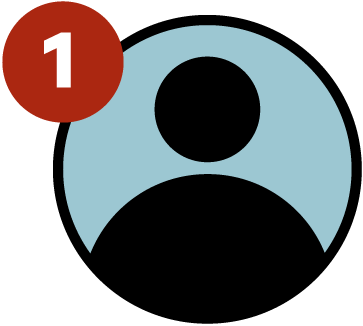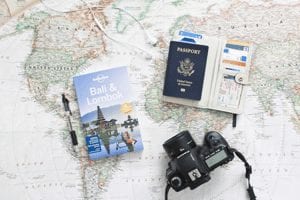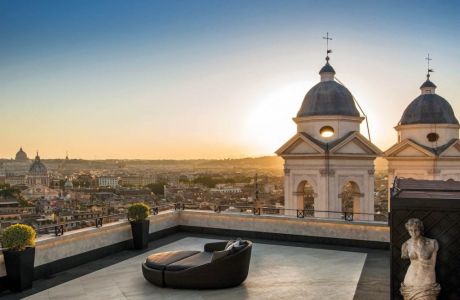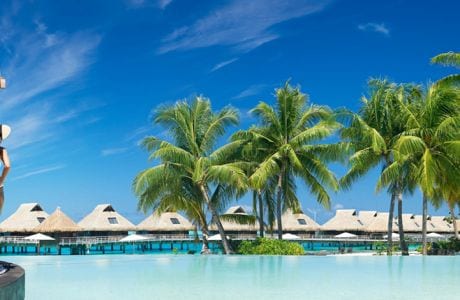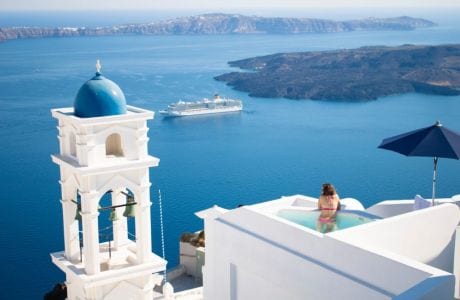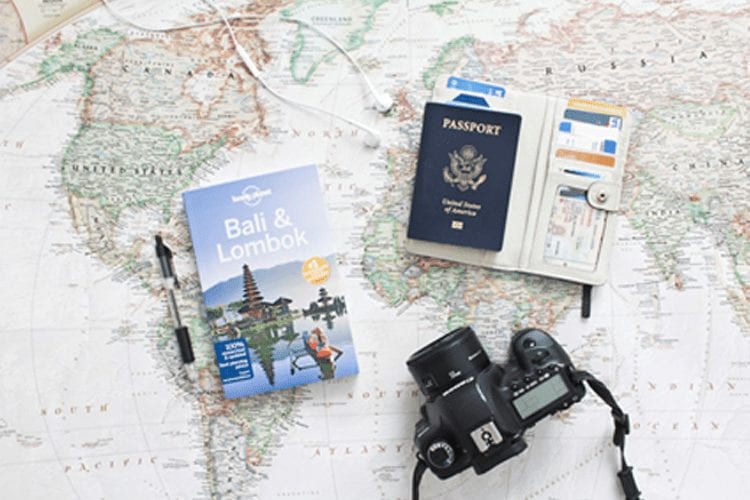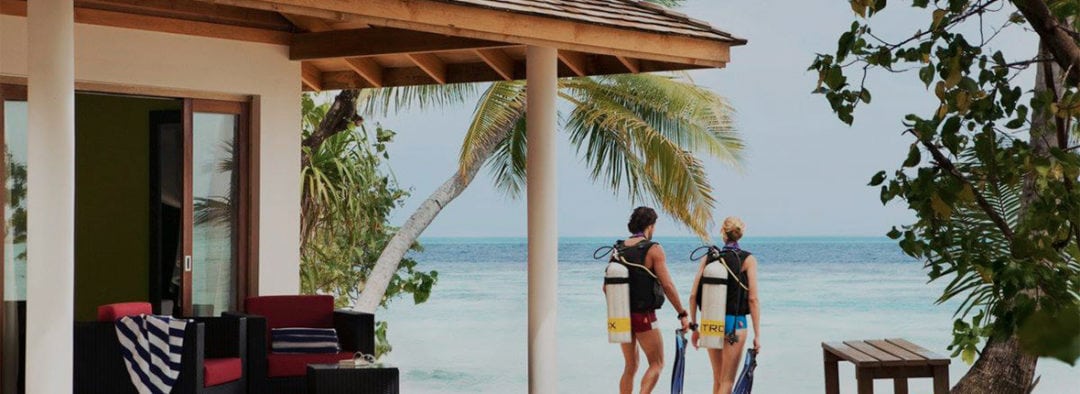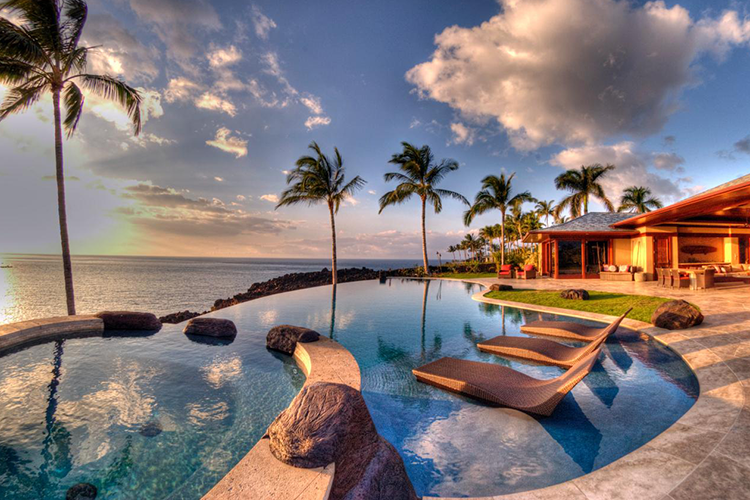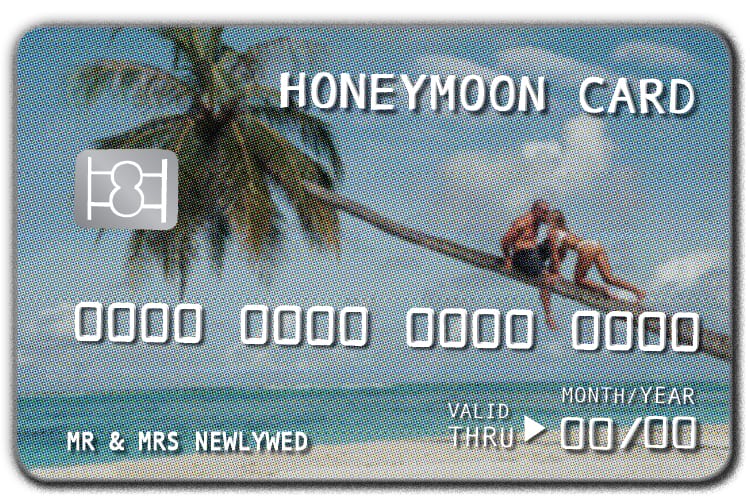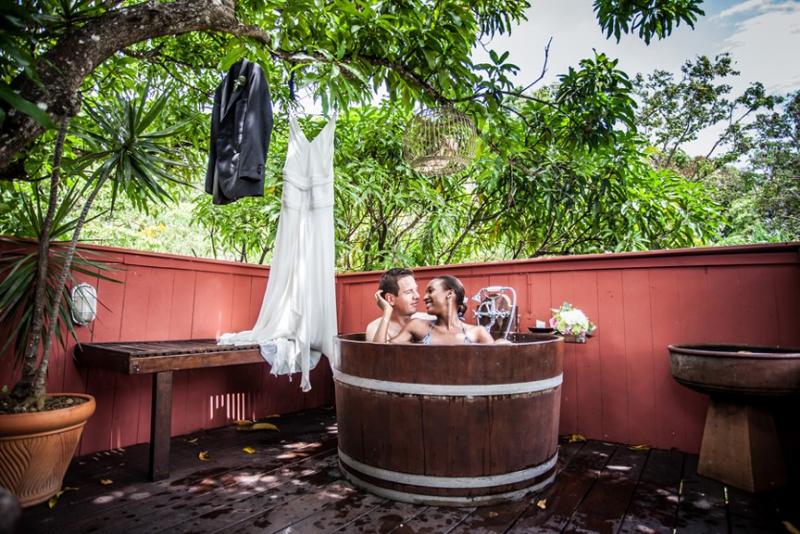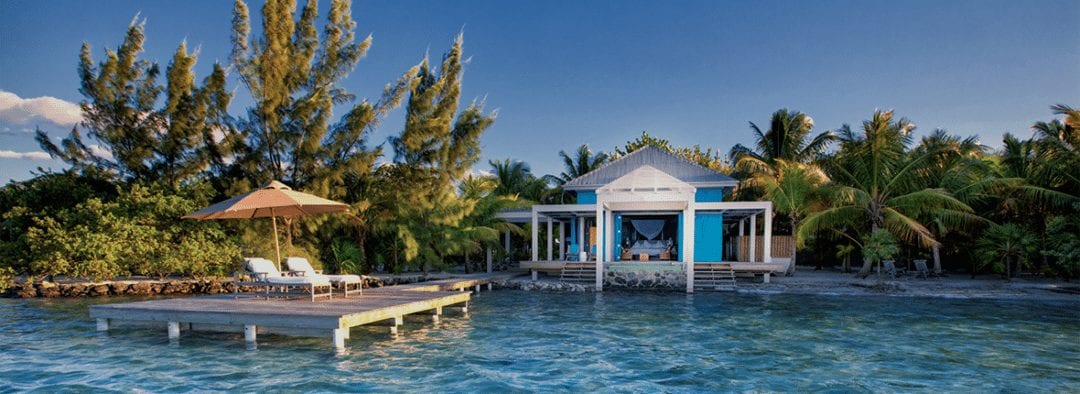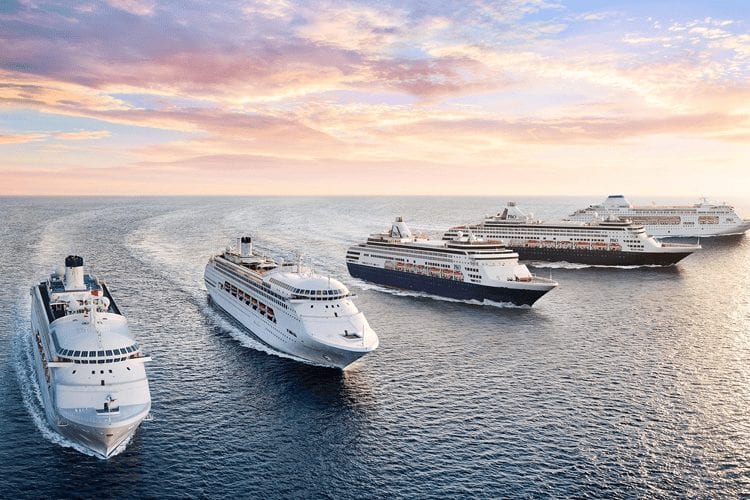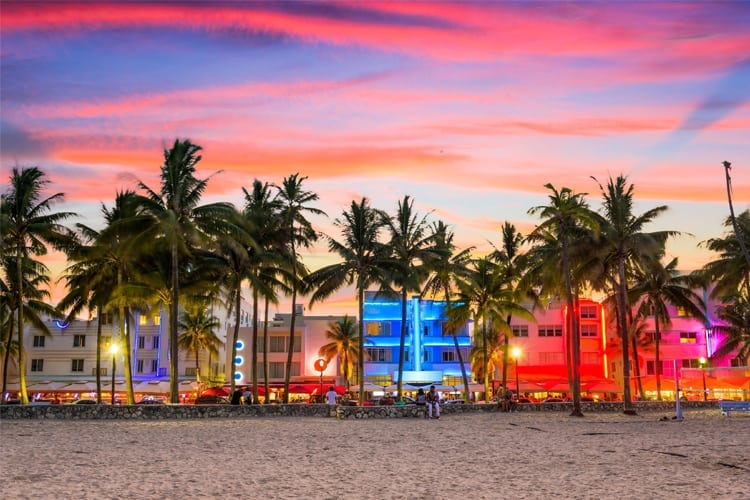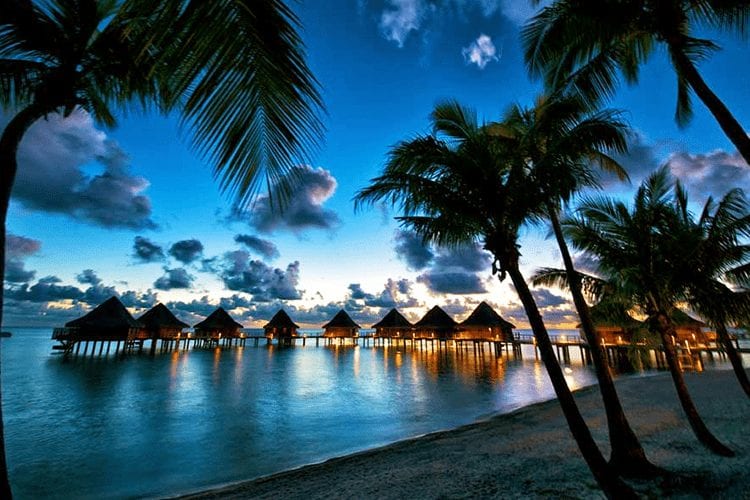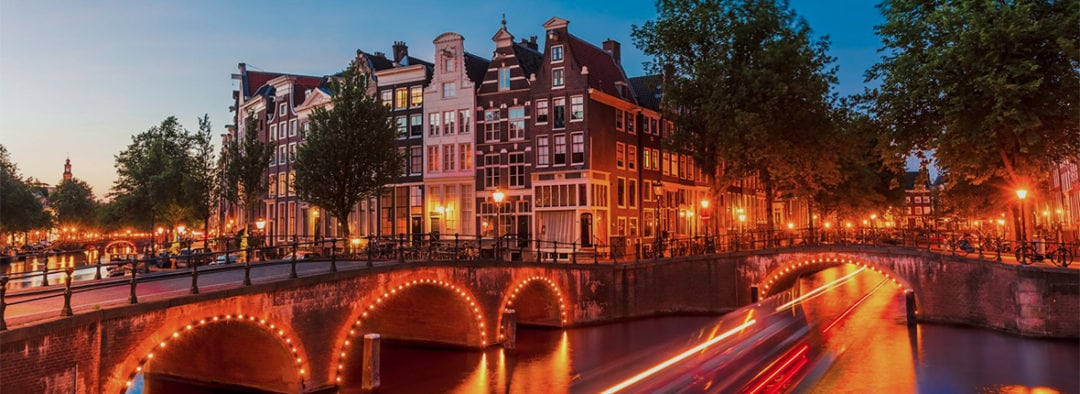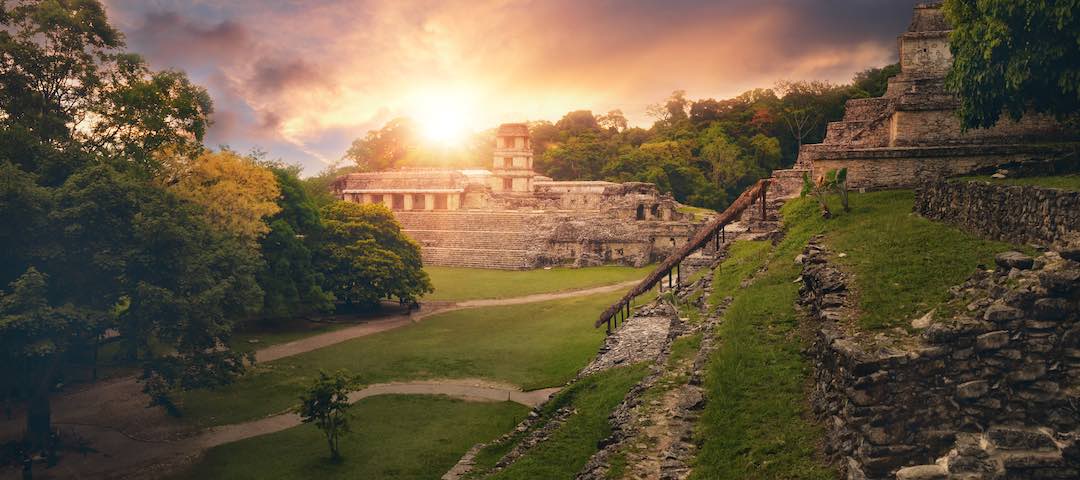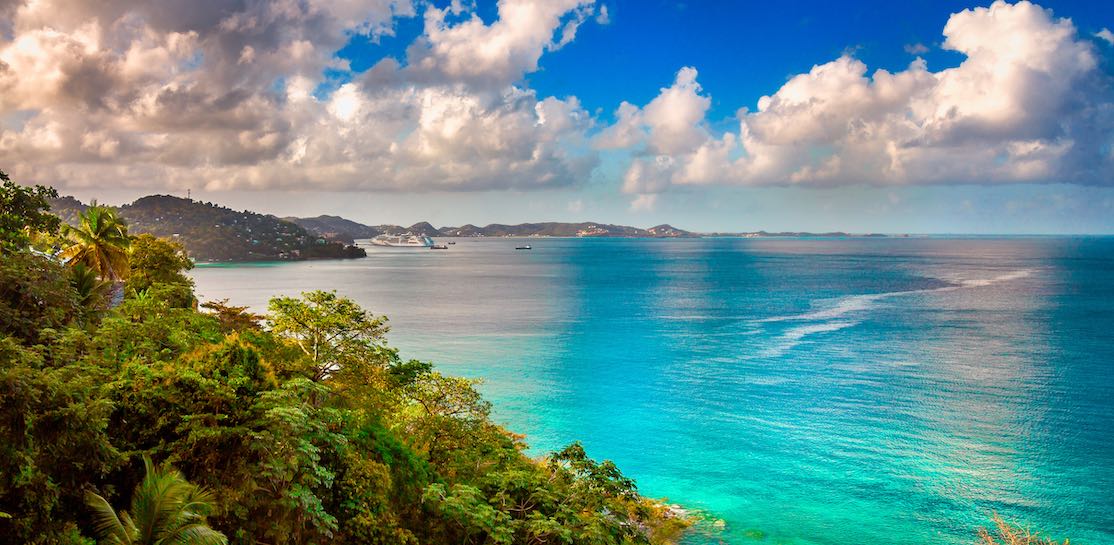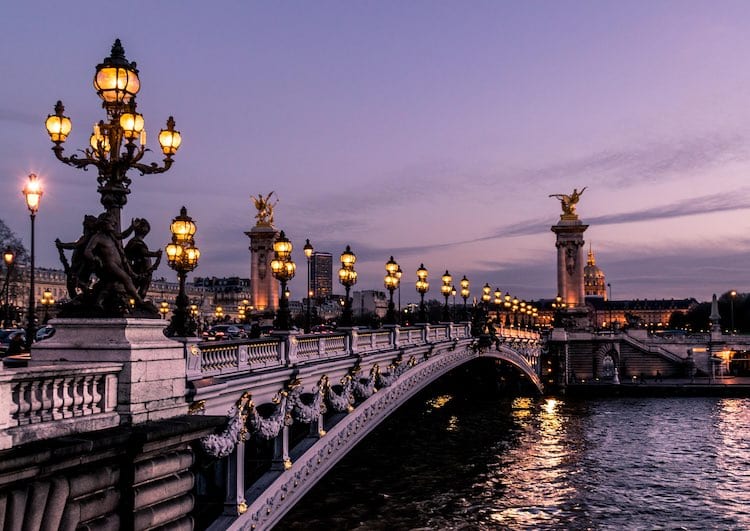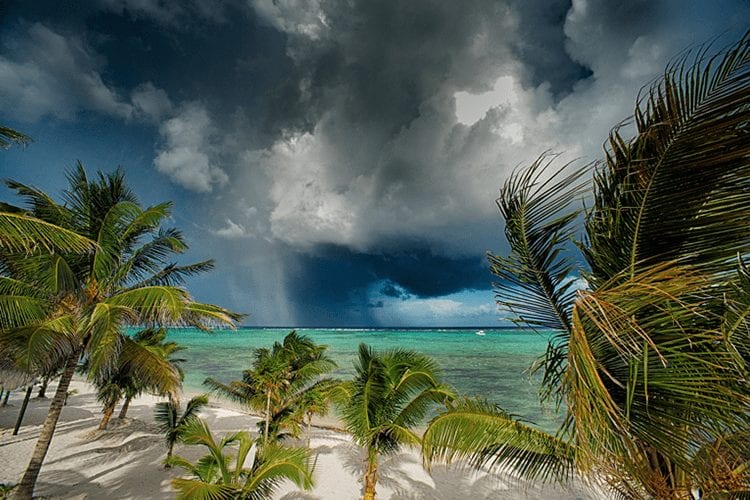
Something to consider when planning your honeymoon: most paradises are only paradise for part of the year. If you get the season wrong, your pristine stretch of private beach will be a hurricane-wracked sandbar, your picturesque mountain chalet town overrun with college kids on their winter break. You need to learn about seasonal spoilers before you book your honeymoon.
There are two types of seasonal spoilers: the natural and the man-made. Natural spoilers include things like too much rain, too much cold, too much heat, too many hurricanes, too many dry spells, too much Zika. Man-made spoilers include national holidays, high tourist season, spring and summer school breaks and so on. Not all honeymoon spoilers are predictable, but some are, and if you keep them in mind, you’ll have a better chance of achieving perfect honeymoon luck.
We’ve broken down the seasonal considerations for each major honeymoon destination below. Make sure to give them more than the once-over before making your final honeymoon plans.
Hawaii
Natural spoilers:
Volcanoes aside, there aren’t many. The weather is perfect all year-round, averaging 85°F in the summer and 78°F in the winter. Even the “winter rains,” from November to March, are relatively mild. Hawaii is filled with microclimates, so even if it’s raining in one spot, it’s probably sunny a few miles down the road. If it rains the whole time you’re there, you have terrible karma, and need to think about your life choices.
Man-made spoilers:
Hawaii sees the most crowds when kids are out of school, starting in June and lasting through Labor Day weekend. After Labor Day, there’s a sharp drop in numbers until the holidays, which get stupid busy. If you go in that sweet spot between Thanksgiving and December 20th-ish, you’ll benefit from low crowds and low rates. Generally, April, May, September (post-Labor Day), and October are your best bets.
The Caribbean
Natural spoilers:
Each of the islands in the Caribbean has it’s own microclimates, but for the most part the whole region is perfect year-round. The period not covered in “for the most part” is the two and a half months from September through late November, when the islands are buffeted by hurricanes—which, thanks to climate change, now punch harder than a left hook from Roberto Duran. December through April is generally the best time to go, when it is drier and cooler.
Man-made spoilers:
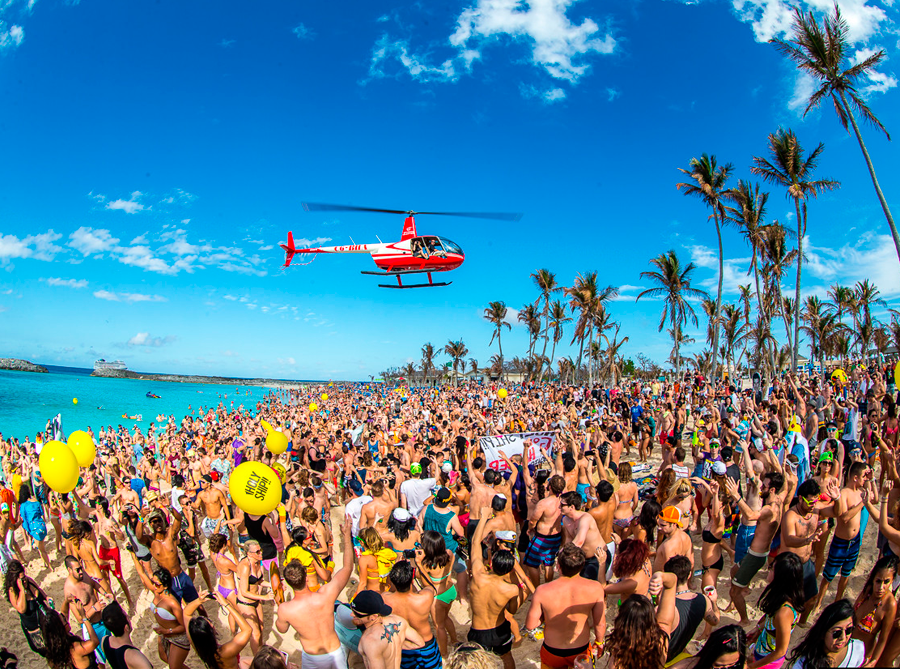
Beware February and March, when the spring breakers go berserk, and your perfect honeymoon may be drowned in a flood of solo cups, neon yellow muscle shirts and bleach-blonde beach bunnies.
Costa Rica
Natural spoilers:
Costa Rica seldom has hurricanes (a notable exception being Hurricane Otto, which broke multiple records in late November 2016). It’s usually very nice in Costa Rica from mid-November through April. The rainy season goes from May through early November, and you can expect lots of rainfall each and every afternoon. But this can actually make for a nice daily rhythm: get up early to enjoy yourselves each morning, then relax in the afternoon to listen to the rain on the roof and let one thing lead to another.
Man-made spoilers:
The mid-November to April “dry season” is also “tourist season,” so be prepared to spend twice as much, and to have to deal with a lot more people sharing your tropical paradise.
Scotland
Natural spoilers:
In addition to kilts, haggis and Mel Gibson yelling “Freedom!”, Scotland enjoys a moderate climate, with average temperatures seldom getting too extreme in either direction. The coldest months stay well above freezing, in the low- to mid-40s, and the hottest are still cool, in the high 60s. The country’s northern latitude means winter days are unusually short and the summer days are unusually long, so you’ll get more sightseeing bang for your buck during the summer months of July and August. But summer is also the peak time for the infamous highland midge, the annoying blood-sucking flies that move in huge clouds and can easily mess up your picturesque stroll through the blooming heather.
Man-made spoilers:
Late summer in Scotland is dominated by the Highland Games, which take place in August. Hotels will be booked far in advance, and they will not be cheap. We recommend Scotland for the cold-weather loving couple (who will also get the bonus of potential Aurora Borealis displays during the winter nights.)
France
Natural spoilers:
France is roughly the size of Texas, so there’s no point in trying to characterize the entire country’s weather: it all depends on what region you’re visiting. Paris is famously perfect in the spring and fall (though May is the wettest month), but then again, it’s Paris, so it’s going to be awesome pretty much year round. The Alps are very cold in the winter, which is great if you’re about that ski bunny life. The French Riviera (Nice, Cannes, Saint-Tropez, et. al.) are all lovely in the summer; it gets hot, but that’s the point. If you’re a wine guy, the Loire Valley is one of the most perfect places in the world, with hot, sunny summers, but being there in the fall is perhaps best, as it’s harvest season.
Man-made spoilers:
There’s a lot about the French lifestyle to envy—the wine, the cafes, Lea Seydoux—but if we had to choose one thing, it might be that the French take the entire month of August off. This fact should factor into your honeymoon planning. Places like the French Riviera will get a lot more crowded in August, while cities like Paris empty out. You can avoid the crowds by mirroring the typical French pattern, but in reverse. Go to Paris in August and/or the French Riviera in September or October. Some Parisian businesses will be closed, but more will still be open, and you’ll barely notice. Autumn weather on the French Riviera is lovely, and everybody else will be back in Paris by then, so you’ll have the place relatively to yourselves.
Italy
National spoilers:
Most of Italy has a Mediterranean climate, with cool, rainy winters and hot, dry summers (though it the north it can be more humid and cloudy). As you head south down “the boot,” the summer heat can get oppressive. Rome, for instance, is best in spring, early summer and the fall, Tuscany in April or May and late September or October, and Venice September to November, when temperatures are cool.
Man-made spoilers:
Summer is high tourist season in Italy, both from foreign tourists and from the Italians themselves. Like the French, the Italians all go on holiday in August, so you will see fewer locals milling about in cities like Milan and Rome and way more Italian tourists by the water, in the mountains, and out in the countryside. Ferragosto is a public holiday celebrated on August 15, so expect a lot of businesses to be closed in the two weeks around it. Easter week is fascinating, but be prepared for a lot of places to be shut down during this period as well. Italy—if you haven’t heard—is an extremely Catholic country.
Spain
Natural spoilers:
Again, spring and fall are your best months here, because summers are hot. Barcelona is dry and hot May through July, but hot and humid in August. Madrid suffers from extremes, with cold winters and hot summers – again, think spring and fall for maximum comfort and enjoyment.
Man-made spoilers:
Tourism follows certain patterns in Spain: anywhere along the Mediterranean coast is going to be packed in July and August, but along the Atlantic, July and August are best. What goes for France and Italy also goes for Spain regarding August: this is the month that Spaniards go on vacation, and, much like Italy, August 15 is a public holiday: you can expect that most places that cater to local crowds will be closed.
Greece
Natural spoilers:
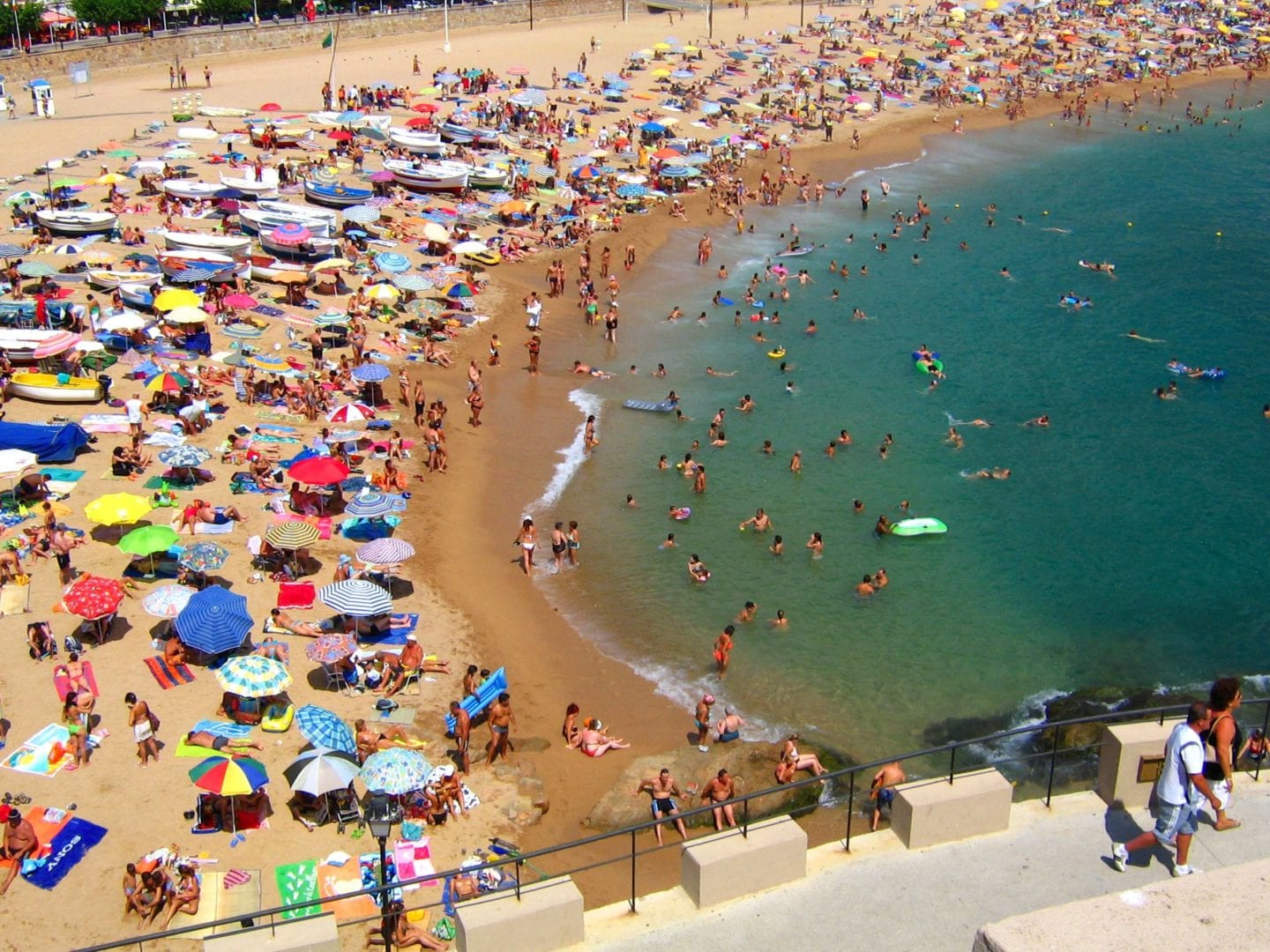
The high season for tourism in Greece is the summer, mid-June through August, but that’s also when temperatures in this Mediterranean climate can hit the triple digits. Avoid the crowds and the heat by visiting mid-April to mid-June or September to mid-October.
Man-made spoilers:
All that stuff about these Europeans taking the whole month of August off? A hell of a lot of them head to Greece. The Greeks also celebrate August 15 as a public holiday, when all Catholics observe the Day of Assumption and honor the Virgin Mary. It’s a big deal in Greece, a full-on festival that goes on for several days. Spring and fall are better for crowds as well as heat. As you get deeper into winter, you’ll find ferry and flight service reduced, and hotels, restaurants, and attractions closing up for the season, though skiing in the Greek mountains is also a thing.
South Africa
Natural Spoilers:
The most common natural spoilers in South Africa are probably rain and mosquitoes, which means the best time to visit is during the winter dry season from May to September (remember: winter in the southern hemisphere is summer in the northern). It’s generally sunny and clear with few rainy days and even fewer bugs. The days are temperate, and the nights and mornings can even get chilly.
Man-made spoilers:
Their peak tourism season occurs around the school holidays in December, and should be avoided for reasons of heat and crowds. If you’re going for safari, wildlife viewing is good all through the dry season, but especially in September.
Fiji and French Polynesia
Natural spoilers:
The best time to visit these impossibly idyllic islands (which include Tahiti and Bora Bora) is the summer, though they remain perfect year-round. The temps are just about always in the 80s, though the weather is slightly nicer from July through September (when it’s hot and dry) than from November to April, when there is potential for tropical storms.
Man-made spoilers:
Peak tourism season coincides with summer, but May to June and October offer great weather and fewer crowds. If you’re interested in experiencing a little more local culture, visit Fiji on Fiji Day, October 10 —when the entire island country celebrates its independence from British colonial rule in 1970. A week of nation-wide festivals aptly named “Fiji Week” leads up to it. Diwali, the Hindu Festival of Lights held in October or November each year, is also a blast.
Bali
Natural spoilers:
In Bali, the dry season is May to September. Even in the wet season the rains aren’t so bad—there are still plenty of sunny days and when it does rain, it’s seldom one of those torrential downpours that lasts all day and ruins your tropical paradise buzz. Expect weather in the 80s year-round, though it’s more humid in the wet season.
Man-made spoilers:
Peak tourism is in the summer (July and August) and around the holidays (Christmas and New Year’s), so avoid those times if you want smaller crowds and lower prices. If you are both practicing yogis, check out the Bali Spirit Festival held in late March/early April, one of the largest yoga festivals in the world.
Natural and man-made conditions can have a huge effect on your honeymoon, so make sure you know the what conditions to expect before you book that flight.

